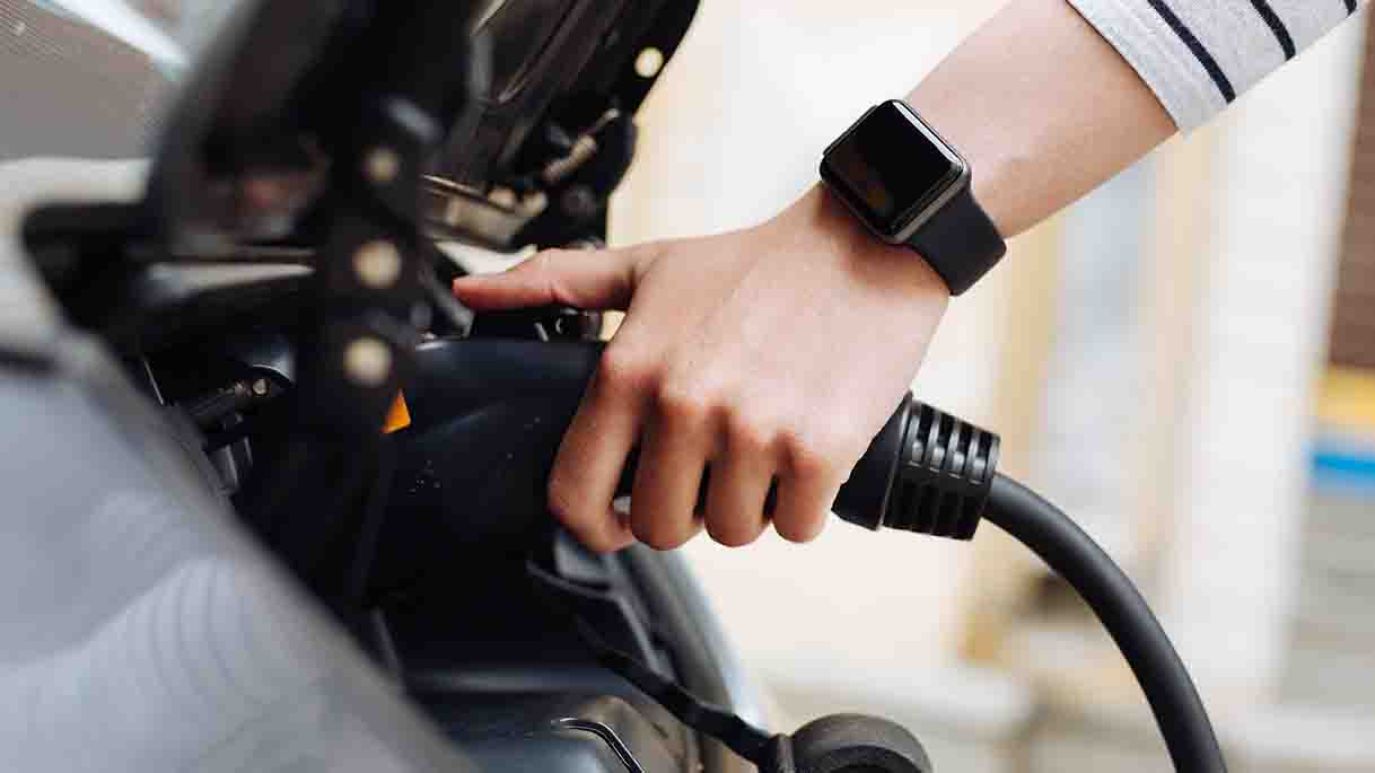-
Blog
China Gains Competitive Edge in Sodium-Ion EVs

On 5 January Anhui Jianghua Automobile (JAC) began deliveries of its Yiwei electric vehicle, which it claims is the world’s first mass-produced car powered by a sodium-ion battery. Chinese official media hailed the new Yiwei EV as “another milestone in Chinese EV development.”
Yiwei EV is a subsidiary of Jianghua Automobile Group Holdings, a 50-50 joint venture between the Anhui provincial government and Volkswagen. The new Yiwei EV is equipped with a cylindrical sodium-ion battery pack developed by HiNa Battery Technology that features 120Wh/kg of energy density and 25kWh of battery capacity; HiNa is a commercial arm of the Institute of Physics under the Chinese Academy of Sciences. This new EV uses a Unitized Encapsulation (UE) module and a honeycomb battery structure; it claims a Light-Duty Vehicle Test Range of 230 kilometers.
Chinese industry experts acknowledge that sodium-ion batteries presently have a lower energy density than lithium-iron phosphate (LFP) batteries. For example, a Tesla Model 3 battery has more than double the Yiwei’s energy capacity (about 269Wh/kg) and up to triple its capacity (57.5 to 75 kWh); however, they point out that sodium-ion batteries offer several advantages:
- Sodium is far more abundant in the earth’s crustal than lithium: 2.74% versus 0.0065%. This abundance will dramatically cut the cost of EV batteries.
- Although China produces over 60% of the world’s LFP batteries, China depends on imports for 80% of its lithium requirements, which is a strategic vulnerability for China. China has approximately 22% of global sodium deposits.
- Sodium-ion batteries perform better than LFP batteries in cold climates. The HiNa battery maintains more than 92% capacity at -20°C.
- Sodium-ion batteries charge faster than LFP batteries. Charging time for the Yiwei is 100% faster than major LFP batteries.
- Unlike LFP batteries, sodium-ion batteries can still be charged with zero voltage, offering greater reliability.
- The discharge curve of a sodium-ion battery can be measured more precisely, allowing for more accurate range estimates.
- The sodium-ion battery has little risk of explosion and fire.
Chinese industry experts believe the commercialization of the sodium-ion battery will make Chinese EVs more competitive.
- JAC Yiwei Chairman XIA Shunli said, “Sodium-ion batteries will become an important battery type, complementary to LFP batteries, and a low-cost solution that promotes the popularization of EVs for the masses.”
- LIU Shulong, head of JAC Yiwei’s battery division, said that his team is making progress in energy density, which will reach 160-180Wh/kg over the next two years and 200Wh/kg over the next five years. In the second half of 2024, JAC Yiwei will introduce a new model of sodium-ion-battery-powered EV with a cruising range of 300 kilometers.
The introduction of the Yiwei EV is taking place as China has become the world’s largest auto market. According to data released on 9 January by the China Passenger Car Association (CPCA), 21.69 million cars were sold in China in 2023, up 5.6% YoY — EVs represented 7.74 million of total sales, a 36.2% jump. Chinese brands accounted for 52% of all car sales (up 4.6% YoY), followed by German brands, 20.5% (no change); Japanese brands, 16.5% (down 2.3% YoY); and American brands, 7.3% (down 1.1% YoY).
- The China Association of Automobile Manufacturers estimates domestic sales in 2024 will reach 31 million, 26.8 million of which will be passenger cars; 11.5 million will be new energy cars. China’s auto exports will exceed 5.5 million.
CPCA believes China also replaced Japan as the world’s largest car exporter in 2023 — China exported 3.83 million passenger cars, up 62% YoY; 1.04 million auto exports were new energy cars, up 72% YoY. China’s main vehicle markets are Southeast Asia, the Middle East, and Africa, but it also has filled the vacuum in the Russian auto market after Russia’s invasion of Ukraine. China’s auto exports to Russia reportedly increased five-fold in 2023 over the 160,000 vehicles sold to Russia in 2022.
Pamir anticipates that auto industry competition between China and the West is likely to accelerate in 2024. Last September the EU launched an anti-subsidy investigation into Chinese EV imports, and the US reportedly will increase tariffs on Chinese auto imports. Chinese auto manufacturers have reacted by building facilities in Europe and Mexico to mitigate EU and US trade restrictions.
While Chinese auto brands have attracted global attention, foreign brands made in China still account for a large share of Chinese auto exports. For example, in 2023 Ford exported 100,000 vehicles made in China, and in the first 11 months of 2023 Tesla vehicles made in China constituted 32% of Chinese EV exports. VW will begin exporting its made-in-China EVs in 2024.
China’s 5G influence in developing economies
China’s Belt and Road Initiative and its digital counterpart, the Digital Silk Road, threaten to displace US telecom and tech companies in developing economies in Africa, Latin America and the Middle East. How can US operators and network providers stand up to the challenge?